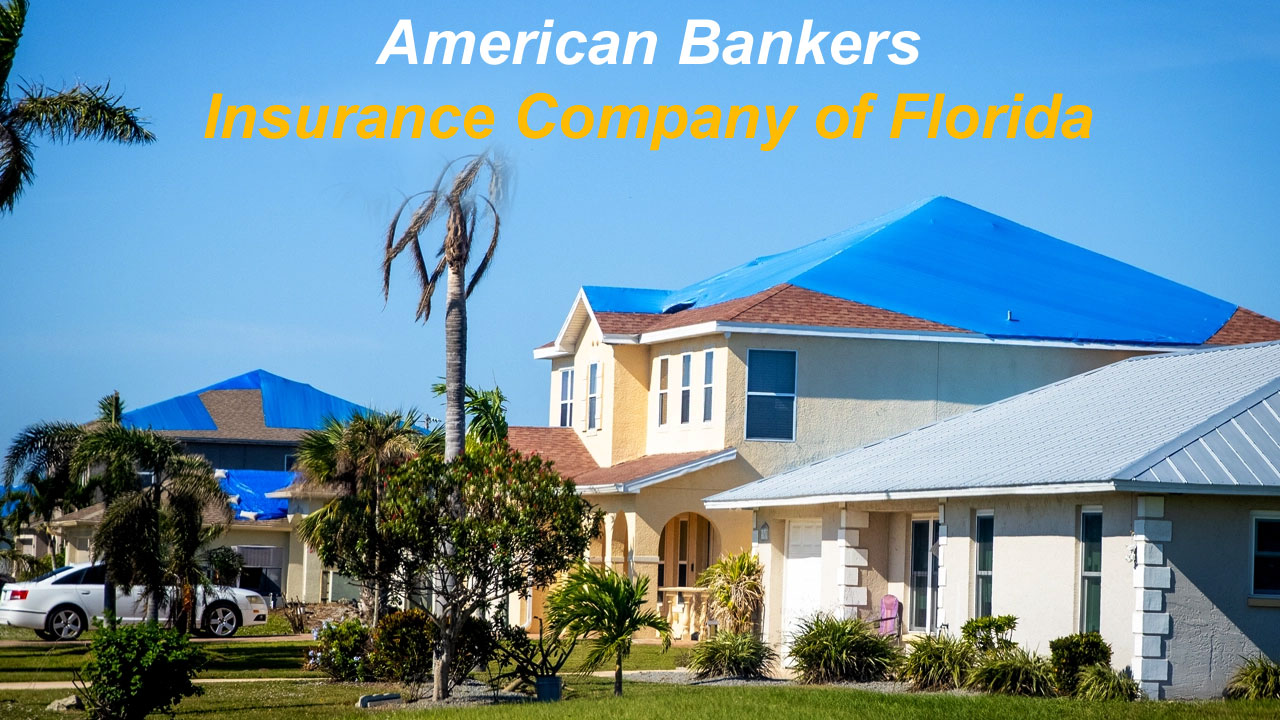Family opportunity mortgages are special mortgage programs offered by some state and local governments to help make homeownership more affordable. These programs provide down payment assistance grants and usually have lower interest rates compared to conventional loans. Family opportunity mortgages aim to help low- to moderate-income homebuyers and communities.

Overview of Family Opportunity Mortgages
A family opportunity mortgage, sometimes called an affordable mortgage, is a state or locally-sponsored mortgage program that provides down payment and closing cost assistance to qualifying homebuyers. The key features of family opportunity mortgages include:
- Down payment assistance: Buyers can receive a grant equal to a percentage of the home purchase price to cover down payment and closing costs. This grant does not need to be repaid.
- Lower interest rates: Interest rates on family opportunity mortgages are below market rates, making the monthly payments more affordable.
- First-time homebuyer requirement: These programs are limited to first-time homebuyers who have not owned a home in the past 3 years.
- Homebuyer education: Completing a homebuyer education course is required to qualify for the program.
- Income and purchase price limits: Gross household income and home purchase price must be below program limits, which vary by location. Limits are set based on the area median income.
Family opportunity mortgages are offered by state housing finance agencies, counties, cities, and housing non-profits. The down payment assistance grants are funded through various sources such as tax-exempt mortgage revenue bonds, state housing trust funds, and private financing.
Benefits of Family Opportunity Mortgages
There are many benefits family opportunity mortgages offer to homebuyers compared to conventional loans:
- Less cash needed at closing: The down payment assistance grant covers 3-5% of the purchase price to pay for the down payment and closing costs. Buyers bring less of their own cash to closing.
- Lower monthly payments: Below market interest rates, which are typically 0.5-1% below conventional rates, result in more affordable mortgage payments.
- No repayment of down payment assistance: The down payment grant does not need to be repaid and reduces the amount that needs to be financed.
In addition to helping individual homebuyers, these affordable mortgage programs also benefit local communities by:
- Increasing sustainable homeownership rates
- Encouraging community revitalization and stabilization efforts
- Promoting long-term wealth building for low- to moderate-income families

Eligibility Requirements
While specific eligibility guidelines vary by state and locality, family opportunity mortgages have several core requirements:
Homebuyer Status
- First-time homebuyer
- Has not owned primary residence in past 3 years
Income Limits
- Varies by area, limits based on AMI
- Typically 80-120% of the area median income
Home Purchase Price Limits
- Varies by area
- Typically set at or below the conforming loan limit
Debt-to-Income Ratio
- Typically 45% or lower
Minimum Credit Score
- At least 640-680
Homebuyer Education
- 8 hours of counseling required
Property Type
- Single-family homes or condos
- 2-4 units with owner occupancy
Occupancy Requirement
- Must be owner-occupied primary residence
Loan Purpose
- Purchase only, no refinances
Meeting these requirements does not guarantee qualification and approval for the mortgage program. Additional guidelines for income calculations, property eligibility, mortgage insurance, and underwriting also apply.

Down Payment Assistance Grant Amounts
Family opportunity mortgages provide a down payment and closing costs grant that ranges from 3-5% of the mortgage loan amount. Here are some examples of estimated down payment grants:
For a $200,000 mortgage loan:
- 3% down payment grant = $6,000
- 4% down payment grant = $8,000
- 5% down payment grant = $10,000
This grant contribution does not need to be repaid on top of the mortgage payments. The assistance reduces the out-of-pocket funds and loan amount the buyer has to finance.
Actual down payment grant amounts depend on the family opportunity mortgage program rules. Some programs base the grant on the purchase price rather than loan amount. Closing costs paid can also factor in shifting the total grant amount.
Interest Rates and Terms
The interest rates on family opportunity mortgages give buyers a discount compared to conventional conforming mortgage rates. Here is a comparison of recent average interest rates:
| Loan Type | Interest Rate |
|---|---|
| Conventional 30-Year Fixed | 5.5% |
| Family Opportunity 30-Year Fixed | 4.75-5% |
Rates can vary daily and are set by the agencies offering the program. Locking in an interest rate early in the mortgage process can secure that rate for the buyer.
In addition to below-market interest rates, key terms of family opportunity mortgages include:
- 30-year fixed-rate terms
- Minimum credit score requirements
- No prepayment penalties
- Mortgage insurance may be required
Review the mortgage disclosures and contact the lender to learn more about the loan terms, fees, projections, and obligations that come with the affordable mortgage program.
How to Apply for Family Opportunity Mortgages?
If interested in a family opportunity mortgage, first check availability through your state or local housing finance agency. Application options include:
State/Local Websites
- Browse online inventory and apply directly through official websites
Lender Partners
- Connect with approved lenders familiar with special programs
Non-Profit Agencies
- Schedule one-on-one assistance through housing counselors
Be prepared to provide household information such as income, employment, assets, and debts when starting the application. Here are the main steps in the application process:
- Determine program eligibility requirements
- Collect required documents
- Complete application and submit documentation
- Get pre-approved for mortgage financing
- Sign disclosures and confirm loan amount
- Shop for eligible homes and make offer
- Final underwriting and secure financing
- Close on purchase with down payment grant
The application process takes 30-60 days on average. Connecting early with a loan officer knowledgeable of these affordable mortgage programs can help buyers get set up for success.
Finding Homes Eligible for Family Opportunity Mortgages
When house hunting with a family opportunity mortgage, pay attention to the home purchase price limits. These vary by county or metro area. Property types are also restricted, with condos and single-family homes most commonly eligible.
Tips for finding eligible homes include:
- Pre-approval first – Get pre-approved for an amount matching your target home price range
- Check MLS listings – Search real estate sites for homes listed under program price limits
- Location matters – Income and prices differ across town lines, especially in larger metro areas and across county lines
- Condos can qualify – Apart from single-family homes, check if condos or townhomes are allowed
In addition to the purchase price, the property must meet minimum housing quality standards and additional occupancy requirements. Connect with a real estate agent familiar with affordable mortgage programs for guidance.
READ MORE – Houston Estate Planning Lawyer Cost in USA : All You Need to Know Details
Pros and Cons of Family Opportunity Mortgages
Understanding the unique advantages and potential limitations of family opportunity mortgages allows buyers to weigh their options:
Pros
- Lower monthly mortgage payments
- Down payment grant eases cash needed to close
- May open doors for homeowners previously blocked
Cons
- Limited inventory that qualifies
- Requires first-time buyer status
- More paperwork and hoops in application
- Government programs can change over time
Shopping varied mortgage lenders and programs can help identify if this affordable route makes sense or if alternatives like FHA loans, USDA loans, or down payment assistance programs offer better value.
Financial projections – housing costs for family opportunity mortgages vs. conventional loans
Consider this cost comparison of two similar homes with a family opportunity mortgage vs. a conventional loan:
Home Price: $200,000
| Conventional Loan | Family Opportunity Mortgage | |
|---|---|---|
| Interest Rate | 5.625% | 5% |
| Loan Amount | $200,000 | $190,000 ($10k down payment grant) |
| Monthly Principal & Interest | $1,135 | $1,053 |
| Est. Total Interest Paid (30 years) | $309,713 | $283,347 |
The interest rate discount and down payment grant save over $25,000 over the life of the loan with a family opportunity mortgage. This translates into $82 lower mortgage payments each month.
Always weigh total costs against loan terms, shop multiple lenders, and use mortgage calculators to estimate personalized projections.
Finding Help Applying for Family Opportunity Mortgages
The application process for affordable mortgage programs can be confusing to navigate. Here are some options for finding help:
HUD-Approved Housing Counselors
- Receive free one-on-one guidance from HUD-certified experts
- Get connected to special state and local programs
- Locate counselors via the HUD website or call (800) 569-4287
State Housing Finance Agencies
- Talk to loan specialists familiar with first-time homebuyer programs
- Ask questions specific to down payment help available
Non-Profit Organizations
- Schedule workshops catered to affordable mortgage education
- Access resources on preparing for homeownership
Mortgage Lenders
- Interview lenders with experience in special state and local programs
- Confirm they guide borrowers from start to finish
Lean on professionals to help navigate eligibility, paperwork, documentation, and timelines involved with programs like family opportunity mortgages.
Current Availability of Family Opportunity Mortgages by State
The availability of family opportunity mortgages and other down payment assistance programs varies widely by state, county, and city. For example:
Minnesota
Minnesota Housing offers the Start Up down payment loan program available in areas across the state. Qualified buyers can finance up to 10% of the purchase price and have a portion or all of it forgiven.
New York
The State of New York Mortgage Agency has a Competitive Affordable Mortgage program that includes closing cost and down payment assistance. Multiple regions have participating lenders.
California
The California Housing Finance Agency MyHome Assistance Program offers closing cost assistance and competitive mortgage rates. Over 80 lenders statewide participate.
Pennsylvania
The Housing Finance Agency offers the Keystone Home Loan Program with a 5% down payment and closing cost assistance grant option. Availability depends on county and participating lenders.
Georgia
The Georgia Dream Homeownership Program offers eligible buyers $6,000 in down payment assistance. Availability spans wider metro areas of the state.
Check with your state mortgage and housing agencies to find potential down payment and affordable mortgage opportunities in your local area. Each state differs significantly in availability and options.
Recent Changes and Trends in Family Opportunity Mortgage Programs
Several changes in recent years are impacting these affordable mortgage programs:
- Limited funding – Contributions from public and private sectors to fund these programs is declining in many regions. When allocated funds dry up, programs can abruptly close to new buyers for the year.
- Higher conforming loan limits – As Freddie Mac and Fannie Mae maximums lift each year, some program limits adjust with housing shifts. However, program eligibility limits have narrowed in some metro areas now out of reach.
- Lower participation among lenders – Due to tighter lending environment and regulation, fewer lenders actively participate or originate these specialized mortgage offerings compared to several years ago. Yet some states maintain robust lender engagement.
- Increasing role of non-profit counselors – As lender participation changes and federal oversight grows, non-profit housing agencies and counselors play a larger part guiding buyers through customized affordable mortgage offerings.
The COVID-19 pandemic severely disrupted housing markets and affordable programs in 2020-2022. Qualification guidelines and down payment assistance availability continue adjusting to economic shifts.
Frequently Asked Questions on Family Opportunity Mortgages in the United States
Who is eligible for family opportunity mortgages?
First-time homebuyers who meet income limits, purchase price caps, minimum credit scores, and additional program guidelines in their state or region are eligible to apply. Income caps relate to a percentage of the county or area median income.
How much savings do I need to buy a house with this program?
Along with funds needed for the home inspection and appraisal, buyers only need enough savings for a 1-2% down payment. The down payment assistance grant covers the remainder of standard 20% down payments and closing costs. Exact down payment grants depend on the program.
What is the income limit to get this affordable mortgage?
Income caps fall between 60-120% of the median income level set annually for the county and area where you buy. Common thresholds range from 80% to 100% of the local median income by household size.
Do family opportunity mortgages require private mortgage insurance?
If your down payment is under 20% of the purchase price, most programs do require paying monthly mortgage insurance premiums. This insures the lender against loss in the event of default. Mortgage insurance rates vary by program.
Can I get pre-approved for one of these mortgages?
Yes, getting pre-approved from a participating lender is one of the first steps after checking your eligibility. This helps buyers qualify for financing and determine a maximum budget before making offers. Locking in rates early can also secure discounted rates.
Conclusion
When shopping for a mortgage, family opportunity loans open the door for qualifying buyers to purchase with less cash out of pocket. These programs provide down payment and closing cost grants paired with below market mortgage rates. Availability of affordable mortgages varies significantly by state and county based on public and private housing funds. Connecting with housing counselors and specialized lenders guides buyers in navigating these options. Weighing the pros and cons against alternative loan programs assists buyers in determining if this path makes financial sense to tackle obstacles blocking the dream of first-time homeownership.




